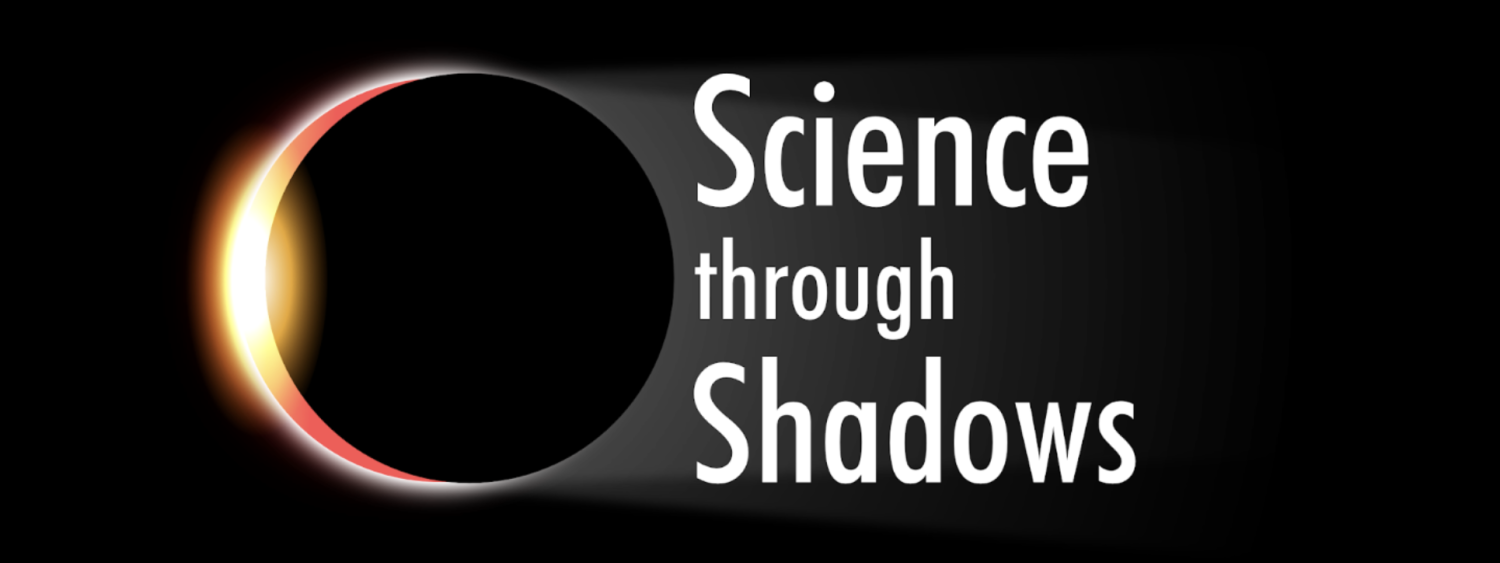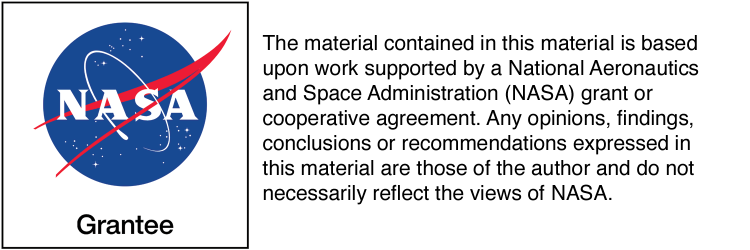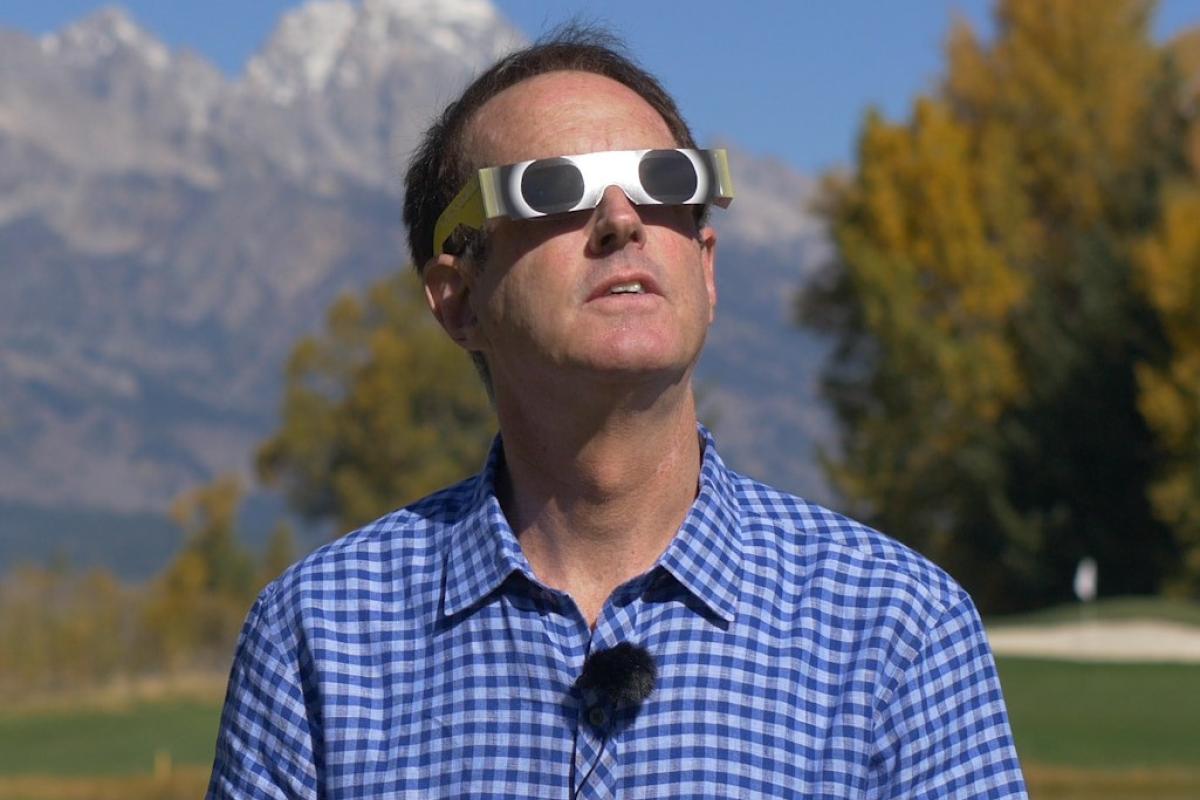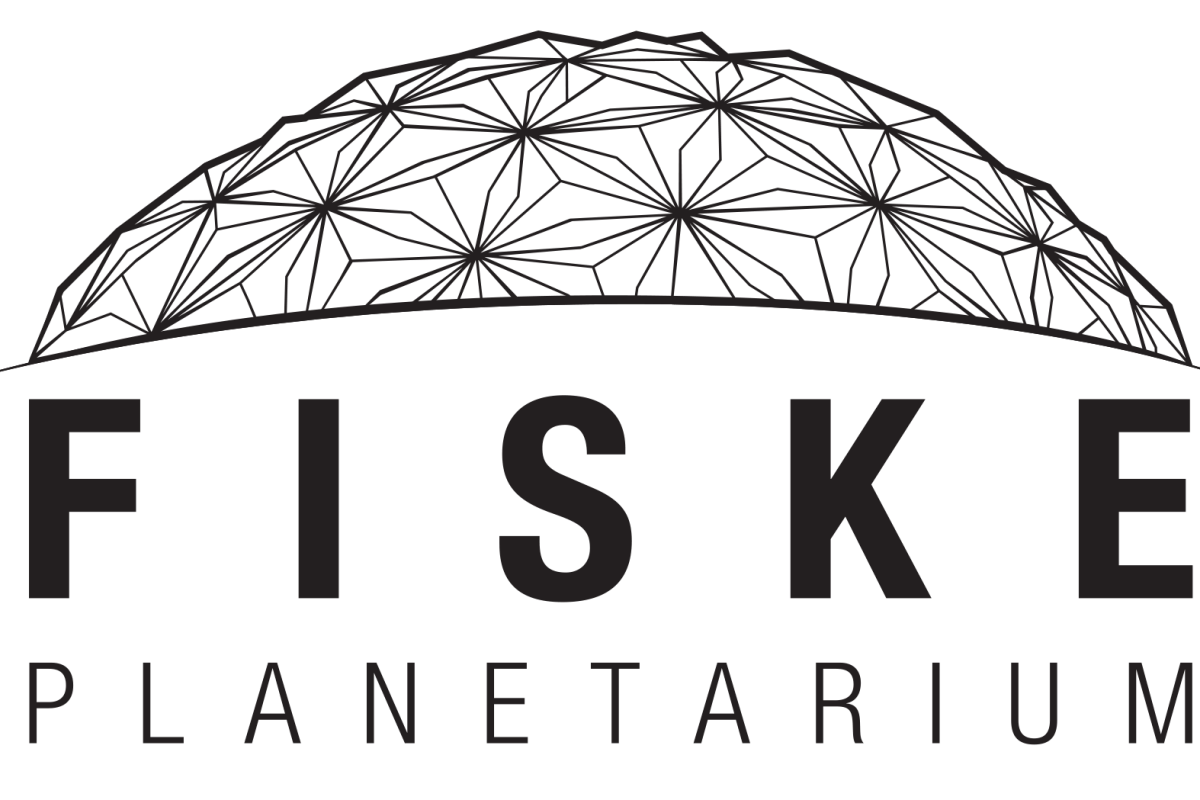Science through Shadows

Eclipses, Occultations and Transits
All three of these astronomical alignments provide astronomers with opportunities to study our solar system and galaxy. And, all three involve shadows!
What’s the difference between the three, you ask? It all has to do with the angular size of the two astronomical objects involved:
- When two objects that are roughly the same angular size in the sky line up (like our Moon and our Sun, for example), we call this an eclipse.
- When one object is much larger in angular size than the other (for example, when an asteroid passes in front of a star, which is essentially a single point in the sky), we call this an occultation.
- If a small angular size object passes in front of a larger object (like when an exoplanet passes in front of its host star), we call this a transit.
Our NASA Science Activation project titled Science Through Shadows provides free fulldome and flat screen short films in English and Spanish on all three of these shadow phenomena, eclipses, occultations, and transits. All three help us learn about our universe:
- During solar eclipses, astronomer can observe the corona of our Sun, the upper atmosphere of the Sun that is a million times fainter than the solar disk and the birthplace of the solar wind that our planet is immersed in.
- During solar eclipses, we can learn about Earth’s atmosphere and how it responds to sudden changes in heating as the moon’s shadow block energy coming from the Sun.
- During lunar eclipses, we can detect meteoroids impacting the moon and measure the thermal inertia of the lunar surface.
- Through occultations, we can measure the sizes, shapes, and positions of asteroids with greater accuracy than provided by space-based telescopes.
- Occultations can also be used to detect moons and rings around asteroids and planets.
- Transits are a core technique used by the Kepler and TESS space telescopes to detect planets around other stars.
- We can also study the composition of the atmospheres of extrasolar planets as they pass in front of their host stars.
Join us Science through Shadows to learn much, much more about the opportunities, challenges, and successes of eclipses, occultations, and transits!
Science through Shadows download request
Interested in downloading our 2D rectilinear format videos for your library, classroom or museum?
Fill out our Fiske Science Through Shadows Video download form to receive details for downloading these flat screen videos for viewing offline.
For planetariums, full dome masters in 1K, 2K, and 4K can be downloaded for your full dome facility. Visit our Fiske Productions page for more information.
The Sun Touches Humanity
In early 2025, NASA is launching a Small Explorer mission called PUNCH, the Polarimeter to Unify the Corona and Heliosphere. This mission is a constellation of four suit-case sized satellites in low-Earth orbit that make global, 3D observations of the entire inner heliosphere between the Sun and Earth. These observations help to understand the origin and evolution of the solar wind, including the tracking of solar storms from the Sun. Join PUNCH science and outreach leads as they share how this mission provides a “big-picture” view of how the Sun touches humanity.
The Sun Touches Humanity
El Sol Toca a la Humanidad
Humanity Touches The Sun
On December 24, 2024, Parker Solar Probe will make its closest approach to the Sun. At a speed of 430,000 miles per hour, or more than 100 miles per second, this spacecraft is the fastest object ever created by humans! Learn how Parker is helping scientists unravel the mysteries of the Sun’s corona in this episode of Science Through Shadows.
Humanity Touches The Sun
La humanidad toca al Sol
Chasing Polymele’s Shadow
Join us as we travel with citizen scientists playing a crucial role for NASA’s LUCY mission.
On February 3, 2023, over 100 telescopes across two continents were deployed to observe the Trojan asteroid Polymele and its satellite during an occultation. In this episode, we'll learn about occultations which occur when an object, like an asteroid, passes in front of a star, momentarily blocking its light and sending a shadow towards Earth telescopes. Occultation measurements provide valuable data about size, shape, and orbit, helping NASA plan for future flyby's of Jupiter’s trojan asteroids.
Chasing Polymele's Shadow
Persiguiendo la sombra de Polymele
Total Eclipse of the Sun
A total solar eclipse is one of nature’s most incredible events. On April 8th, 2024, observers across North America will have the opportunity to experience this phenomenon. This video will teach audience members what to expect on eclipse day, how to safely view the eclipse, and why it will be worth it to travel to the path of totality!
Total Eclipse of the Sun
Eclipse total del sol
What Causes Eclipses?
What is an eclipse? Why do they happen? This edition of Science Through Shadows will dive into the mechanisms that cause an eclipse, address common misconceptions surrounding eclipses, and shed light on the differences between types of eclipses.
What Causes Eclipses?
Qué es un eclipse?
Ring of Fire
On October 14, 2023, individuals and communities across North America will have the chance to see an annular solar eclipse. This type of eclipse is commonly referred to as a “ring of fire” eclipse and is different from a “total” solar eclipse. This video outlines the differences between the two, discusses best practices for viewing the eclipse, and prepares audience members to have an amazing experience on eclipse day!
Ring of Fire
Eclipse del Anillo de Fuego
The free, immersive, full dome short films to be provided through Science through Shadows are ideal for inclusion in live programming around solar and lunar eclipses, stellar occultations, and planetary transits. The videos can also be used as “informational trailers” at the beginning or end of any programming at your facility. Videos on the upcoming North American solar eclipses can be used to promote public awareness of these exciting events. They can also be used to educate audiences about safe eclipse viewing and to promote distribution of protective glasses and filters for safe Sun watching.
The free, 2D rectilinear short films to be provided through Science through Shadows (STS) are intended to engage library patrons in public awareness about solar and lunar eclipses, stellar occultations, and planetary transits. The videos can be shown with closed-captioning on library kiosks and public service announcement screens. Additionally, video and other resources from STS could be used to support public programming on the upcoming North American solar eclipses. The videos can also be used in conjunction with programming involving eclipse viewing glasses and other resources to be provided through Star Library Network run by the Space Science Institute. 2D rectilinear masters can be viewed using YouTube or by downloading video master files for viewing offline.
If your museum has a high definition video wall, you can download the 2D rectilinear versions of our Science through Shadows (STS) for viewing. You can also use our videos on smaller screen kiosks. The materials provided by STS can also be used to host public programming on eclipses, occultations, and/or transits. If your museum has a planetarium, the full dome version of the film is perfect for engaging audiences in immersive experiences. They can also be used to educate audiences about safe eclipse viewing and to promote distribution of protective glasses and filters for safe Sun watching.
For classroom teachers, you can use Science through Shadows videos across your campus to promote the upcoming North American eclipses and safe solar viewing. The videos can be used across disciplines and within contained classrooms. This includes all K-12 settings (not just science classrooms). The videos can be used in science classrooms to promote science inquiry around eclipses, occultations, and transits, three astronomical phenomena involving alignments and shadows.
Science Through Shadows (STS) is a NASA-funded Science Activation Project.
STS seeks to increase astronomy literacy and inform people about NASA’s diverse range of projects (not just Mars and Telescopes in Space!), and NASA’s workforce diversity, through dissemination of short films about solar eclipses, occultations, transits, and small bodies of the Solar System. Films are produced in both full dome (planetarium) and flat screen formats and are free for download and use. STS will also involve high school students in the production of some of these films. STS has also provided inflatable planetariums to national partners in Oakland, Detroit, Houston, and Hancock County, Mississippi.
STS is funded by NASA grant #80NSSC22M0124

Science through Shadows Leadership Team
Dr. Doug Duncan was part of the research group that discovered sunspot cycles on other stars, on the staff of the Hubble Space Telescope, and Director of Fiske Planetarium from 2002-2018. He has witnessed and taken people to 12 total solar eclipses, starting on March 7, 1970. He loves to communicate astronomy and has done commentary for 11 years on National Public Radio.
Dr. John Keller is the Director of Fiske Planetarium and a Teaching Professor of Distinction within the Astrophysical and Planetary Sciences Department at the University of Colorado Boulder. Keller is a planetary scientist with research interests in occultations, astronomy education, and teacher preparation. He is PI and Co-PI for multiple NASA and NSF funded projects through which Fiske produces immersive full dome films that are shared with the planetarium community worldwide free of charge.
Meet the rest of the Fiske Team working on the Science through Shadows project in our About Us page.




